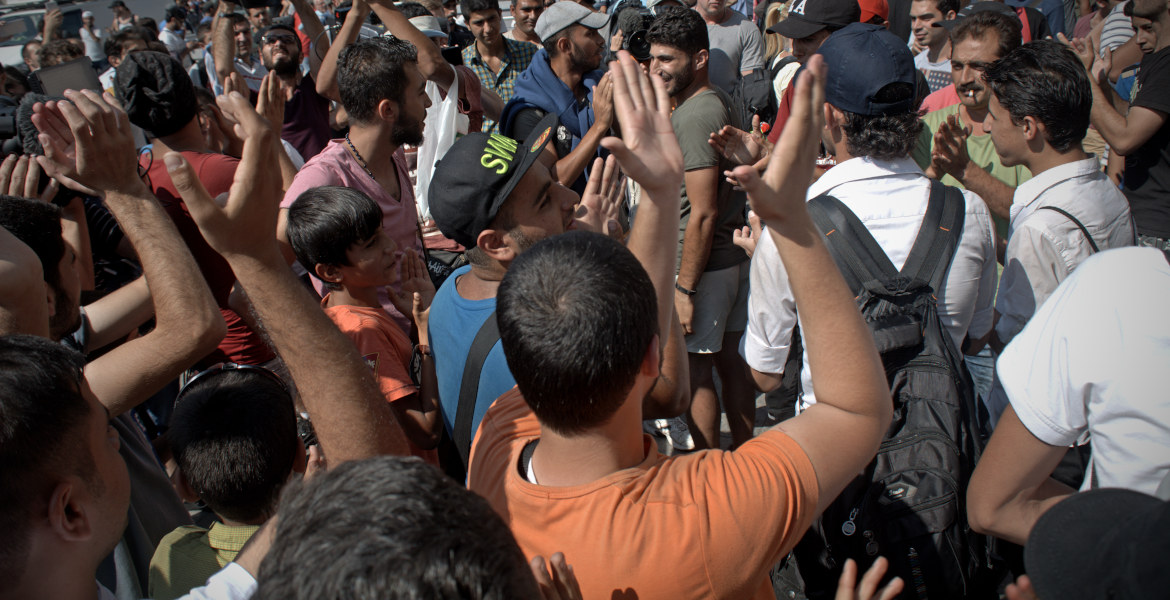Ulf Kristersson’s government has promised that the days of almost limitless mass immigration are over and that it intends to pursue a much more restrictive migration policy.
In reality, however, almost 100,000 residence permits were granted last year, which is the same level as in many of the years when the Social Democrats and other left-wing parties ruled the country.
While there has been a slight decrease – from 102,000 residence permits in 2023 to 94,000 last year – mass immigration remains at historically very high levels and no immigration freeze, or even a radical reduction, has demonstrably materialized.
According to the Swedish Migration Agency, the decrease that has nevertheless occurred is due to several explanatory models – but mainly to the fact that Sweden has become less attractive to migrants and that fewer applications for asylum and work permits were received in 2024.
“Of the permits granted, about 27,000 were labor market cases and just over 24,000 were family ties. Around 15,500 first-time applications for protection were granted, down from just under 17,000 in 2023. Of these, around 11,000 were for people from Ukraine who were granted a residence permit under the Mass Refugee Directive and just over 900 were quota refugees selected through the UNHCR’s resettlement program”, the press release states.
“The largest countries of origin in terms of all grounds for residence were India and Ukraine, both with around 12,000 permits. They were followed by China, Pakistan and Thailand. Countries had different numbers of applicants in different categories; Ukraine, for example, had many who were granted protection (mass displacement), India had applicants in both work permits, studies and affiliation, while China had many who were granted residence permits for studies”, it explains.
65,000 citizenships were granted
It is noteworthy that the number of citizenships granted is also at about the same levels as before. Last year, 65,591 citizenships were granted – compared to 68,168 the year before.
There has also been a cautious increase in voluntary return, but there are still relatively few migrants leaving Sweden of their own free will – 8,200 last year and 7,500 in 2023.
It has also been noted that both the Swedish government and several of the major establishment media have chosen to highlight last year’s migration figures in a directly misleading or misleading way, painting a picture that there has been a sharp overall decrease in immigration to Sweden. In reality, last year’s figures are certainly lower than the worst years, but still higher than, for example, 2020 and higher than all years between 1980 and 2009.
The fact that the government continues to hand out almost 100,000 residence permits annually has also led to concern in many quarters and accusations that the Moderates’ new anti-immigration profile is mostly about attracting voters, and that there are no serious ambitions at all to put an end to the policy of population exchange that has been pursued in recent decades.
Residence permits granted (1980-2024)
1980: 12 669
1981: 12 186
1982: 13 072
1983: 10 293
1984: 13 624
1985: 16 108
1986: 22 868
1987: 28 427
1988: 33 076
1989: 44 516
1990: 37 120
1991: 41 948
1992: 34 602
1993: 58 769
1994: 78 860
1995: 32 296
1996: 31 390
1997: 36 132
1998: 39 070
1999: 37 033
2000: 60 490
2001: 56 872
2002: 54 396
2003: 56 787
2004: 58 811
2005: 62 463
2006: 86 436
2007: 86 095
2008: 90 021
2009: 102 820
2010: 96 388
2011: 97 905
2012: 116 444
2013: 121 718
2014: 115 703
2015: 115 104
2016: 151 031
2017: 135 686
2018: 133 025
2019: 117 913
2020: 89 009
2021: 95 163
2022: 142 179 (47.566 Ukrainians)
2023: 102 139 (11.000 Ukrainians)
2024: 93 895 (11.000 Ukrainians)
Source: Swedish Migration Agency








